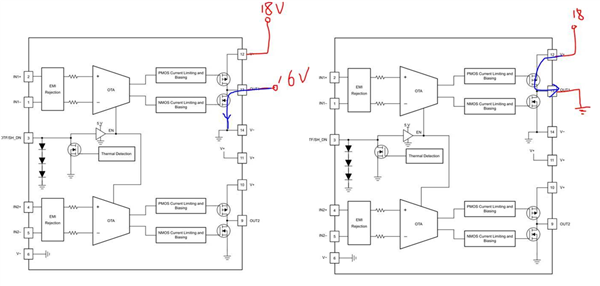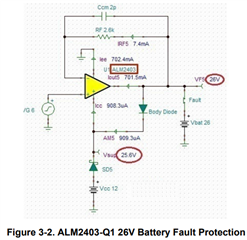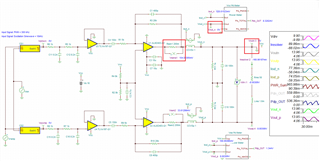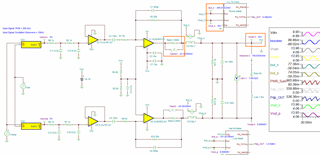Hi,
When the ALM2403 output is shorted to GND or power supply (9, 13.5, 16V), how should the chip design be considered?
For example, if it is shorted to 16V, a larger current will flow through the internal FET of the chip. How does the chip respond? Will it cause heat problem?
Thanks!








